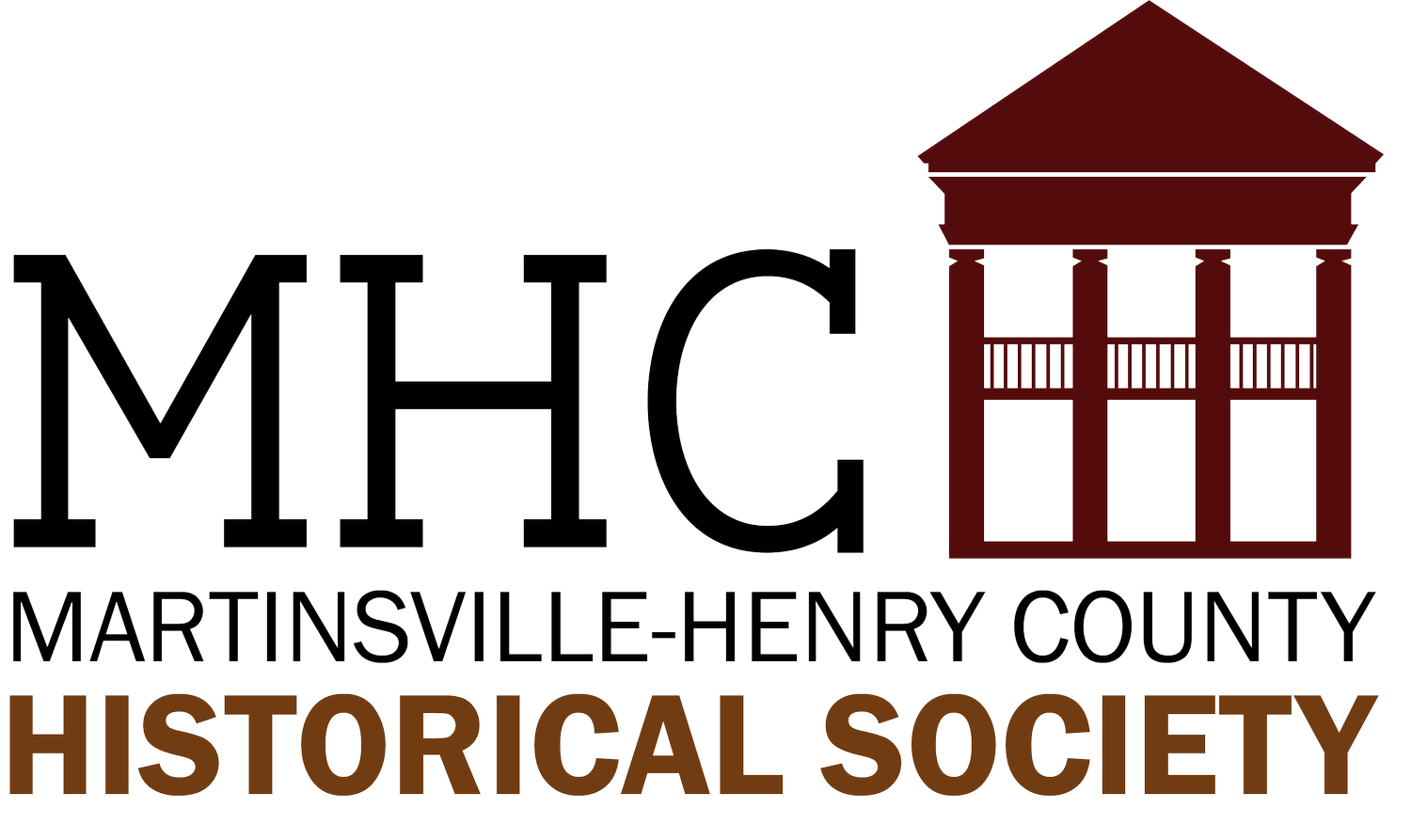Avis Carter Turner: Growing up in Bassett
By Avis Turner, Aug. 7, 2018
I was born in my grandmother’s house on a hill in downtown Bassett. She rented two houses from the Bassett family. She lived in one house and kept boarders in the other.
My mother and father were married in 1933 and lived with grandma to help with the boarders. My dad also worked for Bassett Furniture Company. I was born in July, 1935. My mother said she got my name from C. C. Bassett’s daughter, Avis. She married a Weaver, and named her daughter Avis. They lived near us. My mother said Mrs. Weaver was a pretty lady and she just liked the name. Many years later, when I was a Tupperware consultant, I had a party in Eden, NC. One of the guests was also named Avis. She asked me where I got my name. When I told her, she said, “That’s where my mother got my name.”
Bassett was a bustling town in the 1930’s. There were two movie theaters, two department stores, a 5 & 10 cent store, two drug stores, shoe shop, barber shop and jewelry store—and much more—plus, four churches.
I don’t remember the flood of 1937, the catalyst for building Philpott Dam. Written accounts tell of houses and animals floating down Smith River in the middle of Bassett. The water was three feet deep in the Riverside Hotel.
In 1938 we moved to Third Street in North Bassett. One of my friends there said she remembered the flood and being on her father’s back—holding on—while he walked out of the water on Third Street to higher ground. The water was up to her father’s knees. Another friend’s family had a car and they drove to the steep driveway of the Bassett house with 96 steps and parked there. They watched the flood waters rush through the town on toward Fieldale and Martinsville.
In 1944 Congress authorized Philpott Dam and Lake built to control flooding. Construction began in 1948—the dam completed in 1953.
There were only four streets in my neighborhood. Coming off the bridge spanning Smith River we turned left and were immediately on First Street. A Bassett Furniture Company bordered Fourth Street. Beyond that were the railroad tracks. The factory always smelled of fresh cut wood and lacquer. Smith River meandered by the end of our streets, rounded a curve and ran beside First Street. An old aerial photo found in a book on local history makes it look like our neighborhood was in a “horseshoe” bend of the river. These were “company houses”, and everyone worked for Bassett Furniture. It was a special treat to walk hand in hand with my dad to the company store for my favorite ice cream cone—strawberry.
A swinging bridge saved time and steps for the factory workers who lived across the river from the factory. A swinging bridge was in downtown Bassett also. I remember being brave enough to cross the swinging bridge a few times with my folks to visit relatives, but much preferred the metal bride that led to the two-room school house. Neighborhood children walked across the bridge to attend Bassett Elementary School—also called Chocolate Bottom School—where the many floods left muddy soil. I thought the school had been torn down. Then, in 2003 I learned it was still there—Basset-Walker Company had built around it, and was using the school for a storage area.
There were 12 houses on Third Street—four were red brick and the rest were white, frame houses. There were also 12 outhouses since no one had indoor plumbing. The squeeking hand pump over a well was where we got our water. It was located across the street from my house. Each family shared a double garage, although we did not own an automobile.
Summertime meant cool, green grass tickled our bare feet in the front yard. We couldn’t go outside without shoes until May 1st. Out back near the vegetable garden we often found a puddle of water—and mud. My friend and I made mud furniture. We shaped mud into sofas, chairs, tables and beds to arrange in rooms outlined with twigs. Our houses had moss rugs and were peopled with hollyhock flower dolls.
In September, 1942 I got to spend the night with my cousin. The next day I was brought home to greet my new sister.
My mother planted flowers and shrubs everywhere—all around the house, between our house and the neighbors, beside the front walk and at the edge of the street. I loved to smell the fragrant roses and touch their velvety petals. Butterflies had their choice of flowers and flitted here and there. We had a plant stand on the front porch my grandma made with willow branches.
When Grandma’s last child married and moved to West Virginia, she gave up the boarding house and came to live with us. There is no swinging bridge now. There is no Third Street. There are no houses, just vacant factories.
When I was in the second grade we moved to Stanleytown and rented a three-room house in front of my Uncle Jim—just a little ways from Stoneleigh—home of the founder of Stanley Furniture and future Governor of Virginia.
I went to Campbell Court School—where my granddaughter goes. She will be in 5th grade this year. There have been additions, but the original school is still used. It is a good school and still looks great “for her age”.
A year later, we moved again. My family was among the first residents of Collinsville—about 1948. We rented a house on North Daniels Creek Road. Later, we built a house on Ridgecrest Street, the first house there. My sister walked to John Redd Smith Elementary School—across Route 220 in Collinsville! It was only two lanes then—but that’s another story.
